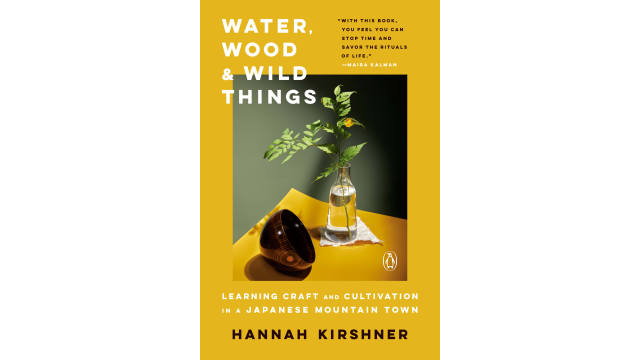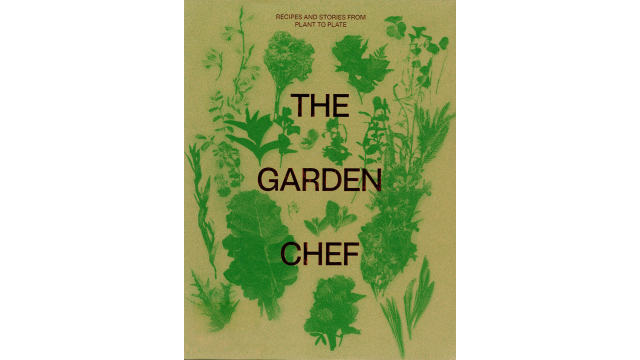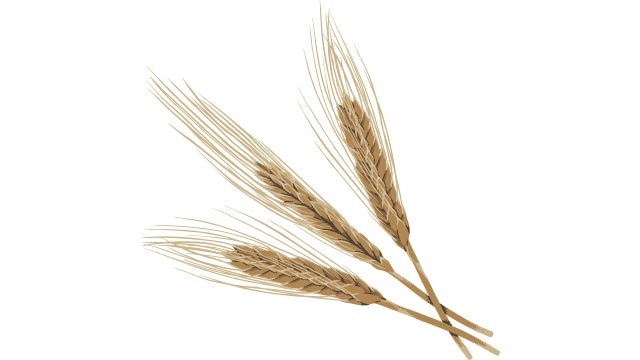Tiny Gardens Bring Big Joy
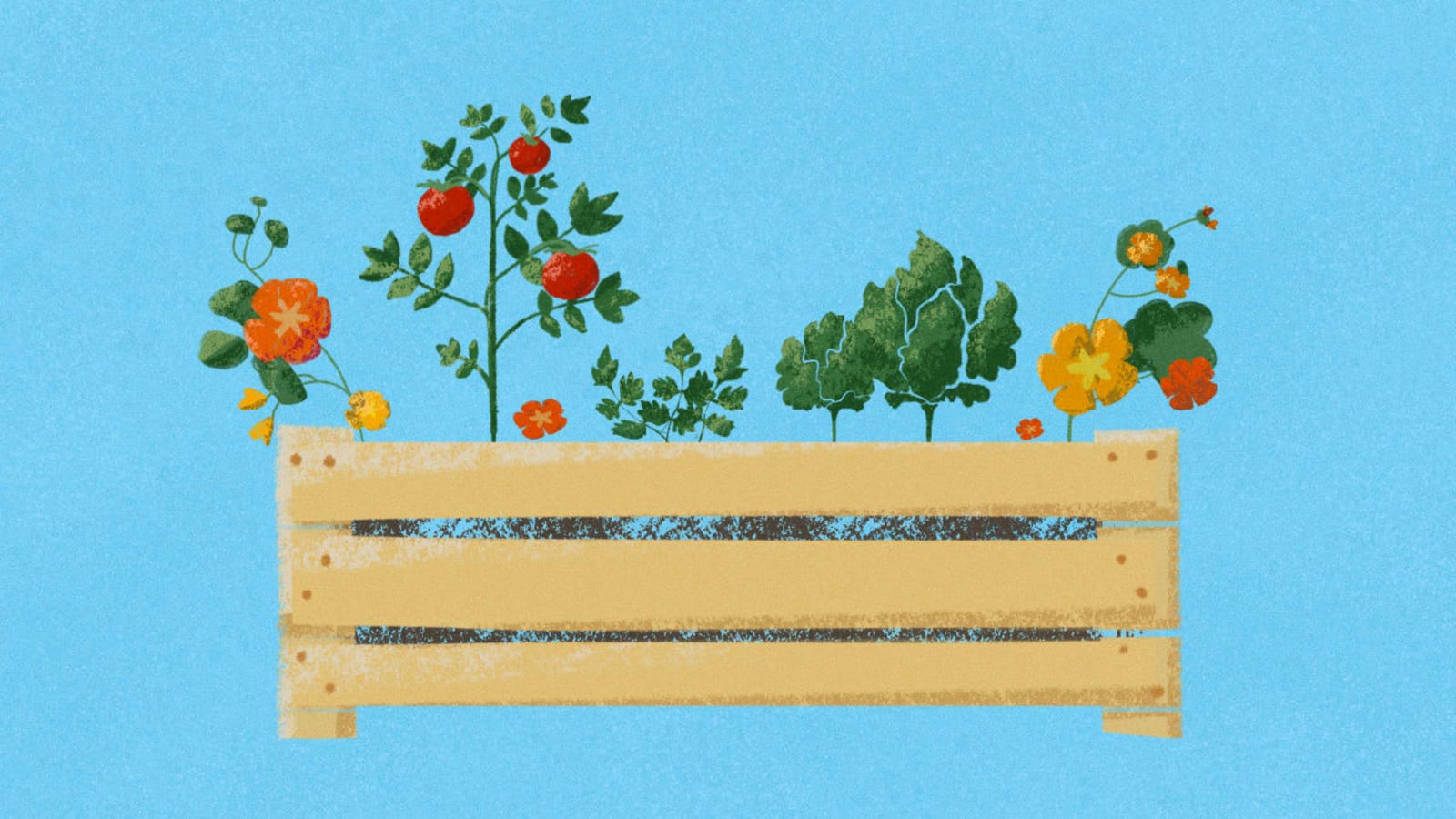
Over the years, I’ve grown edible gardens in many spaces: an apartment balcony, raised beds in the middle of the city, pots on the patio. While there were limitations on capacity, the creativity had no bounds. What people find most surprising is how easy it is to grow — and how much produce you can harvest — without a massive amount of space.
When I lived in a cooler climate, my small garden supplied enough produce for my vegetable consumption from late spring through fall. In a warmer climate, where I grew year-round, a little garden covered my vegetable needs all year long (of course, the vegetable variety shifts depending on the season). And research shows that gardening is good for you — helping to boost your physical activity, quality of life, and mood.
So maybe you have a tiny space and aren’t sure where to start, or you’re wondering whether gardening is possible at all. I’m telling you from experience that you’re a few creative maneuvers away from a vegetable paradise. Gardens can be grown in a lot of ingenious and sometimes surprising ways. With planning and intentionality, you could be harvesting your own fresh produce within weeks.
Options for maximizing your space start with a variety of containers. I have used all of them, can make recommendations, help you figure out what to grow in them, and outline the perks and drawbacks.
Wood raised beds
Raised beds are a favorite of many gardeners. You have control over your soil, you can grow almost anything, and they come in a lot of sizes (and heights — a higher raised bed is good if you have back problems). Some come with enclosed bottoms, and others are open at the bottom and can sit right on top of the soil or flat surface.
You can easily make raised beds by purchasing wood planks from your local garden center and creating a box by connecting the corners with screws. An easy, no-drill alternative is to use planter wall blocks and slide the wooden planks into the grooves. Cedar is one of the top preferences for raised beds — it lasts longer than pine and other wood options. In raised beds, grow herbs, tomatoes, root vegetables, lettuces … but trailing plants like pumpkins or delicata squash take up a lot of space; you’ll want to add a trellis or arch.
Raised-bed kits
Also fairly easy to put together are wood raised-bed kits. The kit comes with prefabricated wood pieces with grooves so that fit the parts together. It requires a mallet or hammer, and you just slide in the pieces and lightly tap into place. The kits are more expensive, and the wood is generally thinner than if you bought two-by-fours and made your own raised beds.
Metal raised beds
For those who want to save some trees, a modular metal raised bed option that I’ve used is called Vego. The kit allows for creative control — there are several configurations to fit your spacing needs. It comes with panels and screws and all that’s required is to align the panels, insert the screws, and tighten with a screwdriver. The metal doesn’t get hot, so no need to worry about baking your plants. One thing to consider is that raised beds have a tendency to dry more quickly, so you may need to water more often.
Containers
What I love most about containers is the variation of materials and sizes: clay, composite, canvas, cedar, round, vertical, rectangular. They’re also portable (if a location isn’t working, just move the container). Grow all of your herbs; leafy greens such as kale, chard, and lettuce; and vegetables too — tomatoes and peppers and eggplants do really well in containers.
Containers can dry out quickly, but self-watering containers have a water reservoir at the bottom, which retains additional water. You can also place a saucer under your pots for additional water collection. Be sure that your planters have drainage holes, to ensure the roots of your plants don’t rot. I find the round containers are perfect for corners. Half whisky barrels are one of my natural go-to options for planting.
Vertical planting towers are another option for small spaces. I’ve seen gardeners have great success with this type of planter, but in my drier climate, I haven’t had the best results due to the constant watering needs.
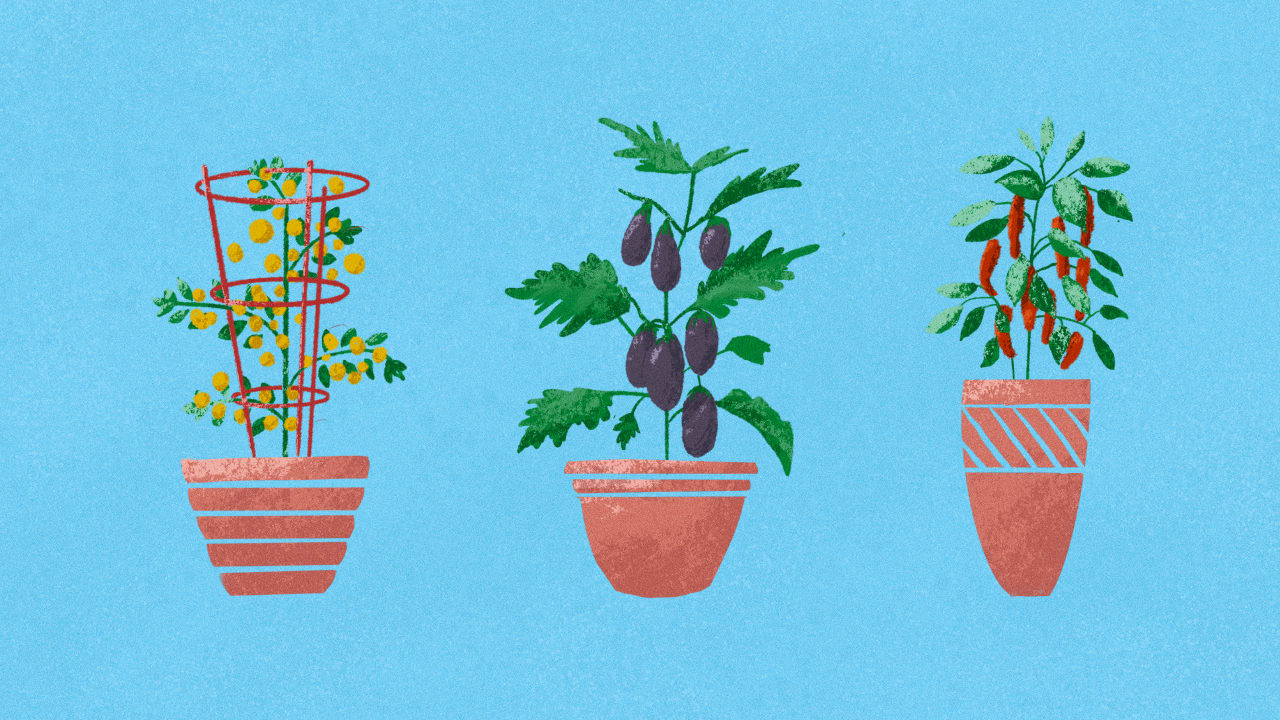
Easy Grow
There is a planter that I really enjoy called Keter Easy Grow that a fellow farmer recommended that I purchased online. It’s a 2½-foot tall, 31.7-gallon rectangular planter with a watering indicator and reservoir. It’s perfect for my leafy vegetables, soft herbs, and tomatoes. It’s like a raised bed and a container combined. For plants that need more water, the indicator is especially helpful.
Hanging planters
Hanging planters and rail planters are great options for small spaces. Hanging planters are hung on a hook from a ceiling. The plants cascade and grow downward. They dry out easily, so be sure to water on a consistent basis. Rail planter boxes and baskets hang on the rails of a patio or balcony. You can easily grow a variety of vegetables, herbs, and flowers, and they don’t take up any of your walking patio space.
For container planting, you will need to purchase a potting soil mix, a light fluffy mix for optimal drainage. I recommend growing strawberries (but they will need more water), thyme, trailing rosemary, and sage. The hardy herbs are forgiving and don’t need a lot of water. Tumbler Tomatoes are a trailing variety I like.
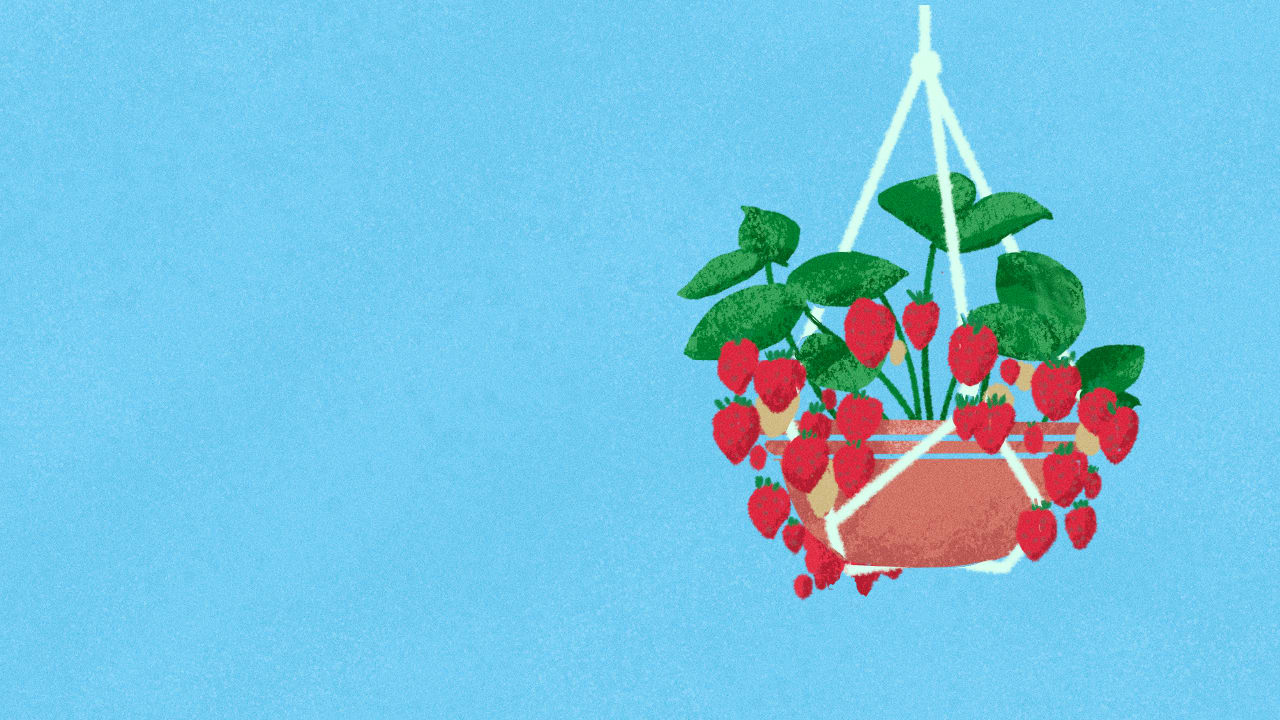
In-ground planting
If you have a small amount of land, amend your soil with organic matter to ensure healthy plant growth. In my current gardens, the native soil is sandy. Sandy soil lacks nutrients, drains quickly, and heats up fast. By adding organic matter including worm castings, compost coco coir (a more sustainable substitute for peat moss made from coconut), and manure, it enriches the soil, increasing the nutrients and allowing for water retention. Some of my favorite crops to grow in the ground are corn, okra, eggplant, tomatoes, peppers, beans, sunflowers, dill, and cilantro.
Planting in the ground has a long-lasting impact on soil health and the environment, especially if you create a no-till garden with perennial plants. Yes, there are perennial herbs, fruit, and vegetables you can grow that last for many years.
Grow bags
An easy way to garden in a small space is in portable grow bags. These bags come in various materials, some fabric, some tarp, with handles so that they can easily be placed in different locations. You simply fill the bags with soil, plant your seeds, and water on a consistent schedule. I’ve had great success growing carrots, onions, potatoes, peppers, and tomatoes in grow bags. The fabric grow bag is breathable, allows for drainage without washing away the soil, and tends to be more conducive to healthy root growth. If using the grow bag option on a patio or deck, make sure to use a water saucer below to collect excess water.
Regardless of what you grow in, you don’t need a lot of space to produce enough food to eat. Many plants can be grown together and you can utilize the different levels of your space. I like using a trellis arched over raised beds to vertically grow my vining vegetables, which frees up the ground space for other plants. I practice polyculture planting techniques, in which I plant a variety of produce within a space as opposed to just one crop. For instance, tomato and basil are perfect companion plants. Be creative, plan, experiment, and enjoy the art of gardening.
Key Takeaways
- Small spaces must not limit gardening.
- Promotes mental wellbeing and peace.
- Offers access to fresh food.

